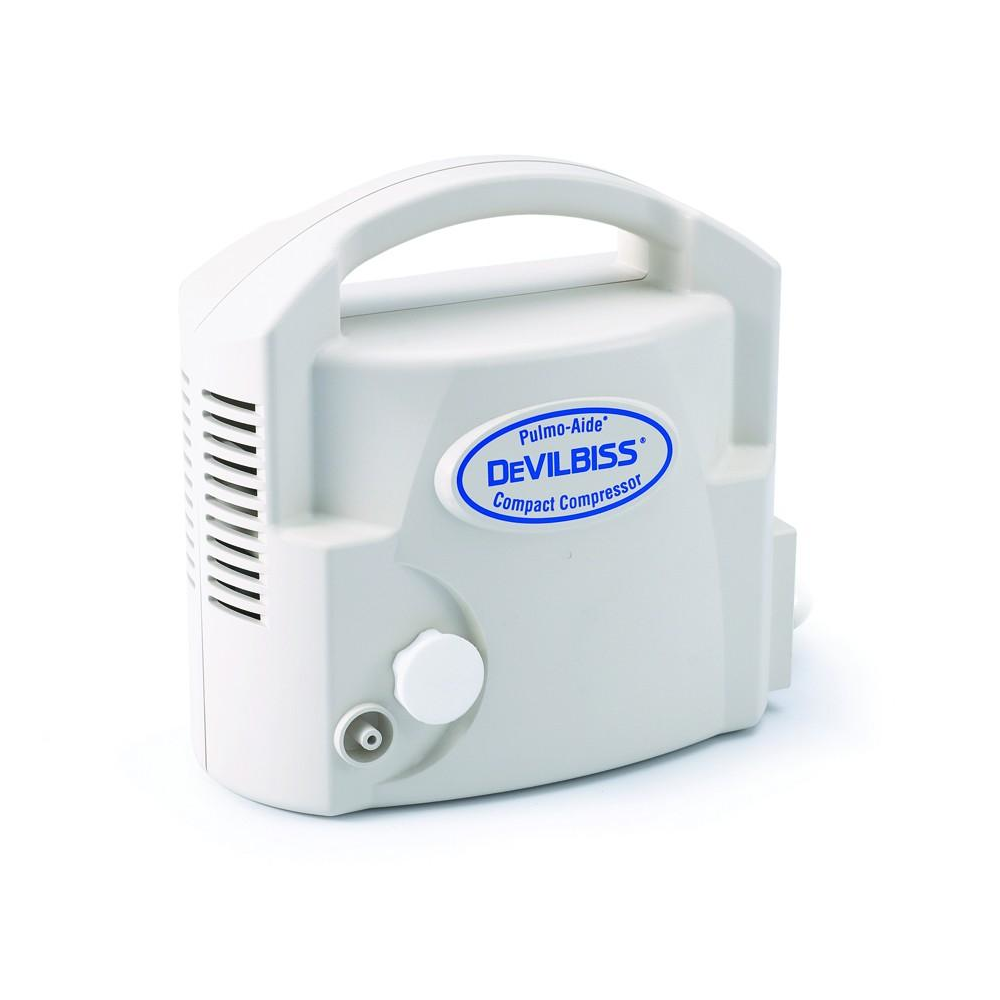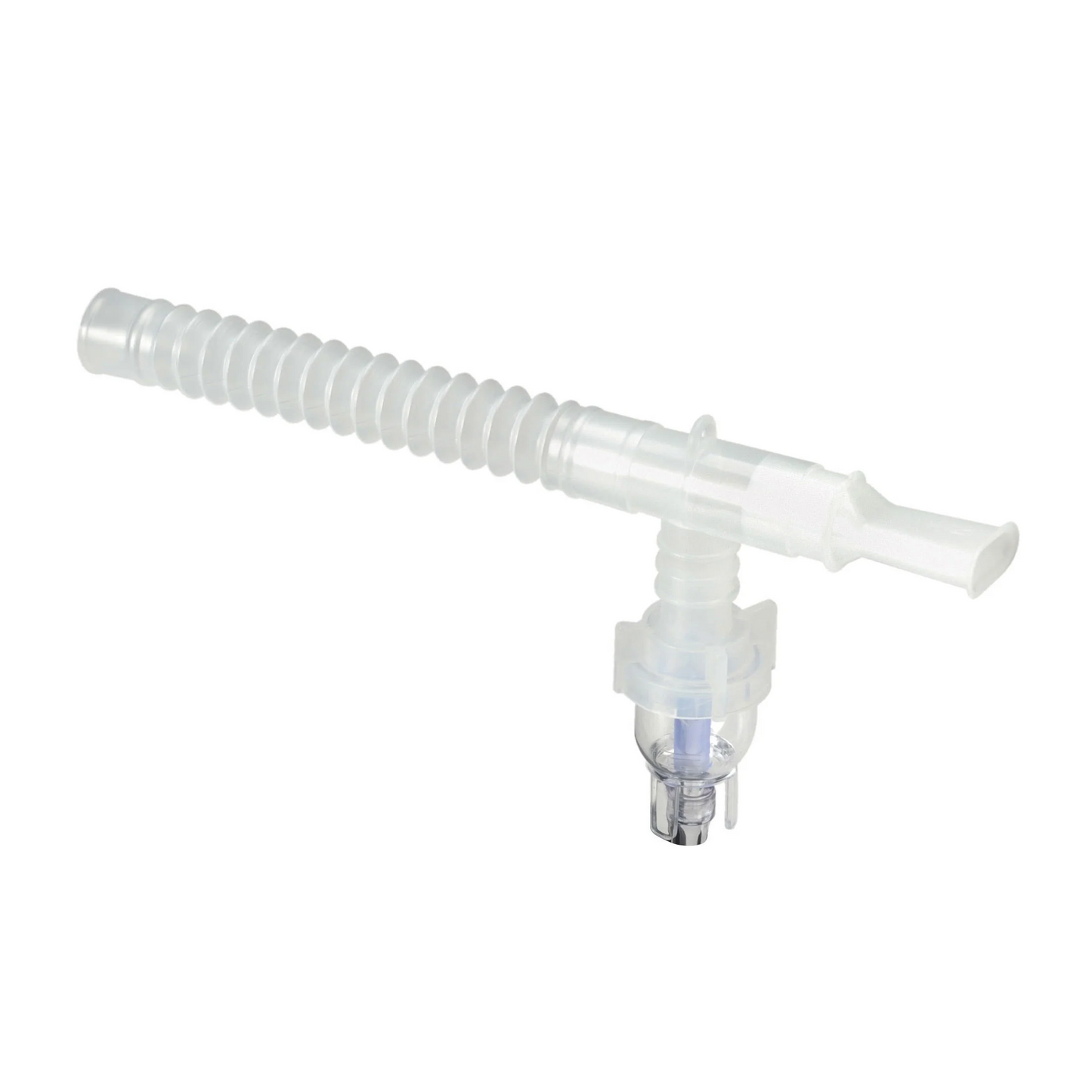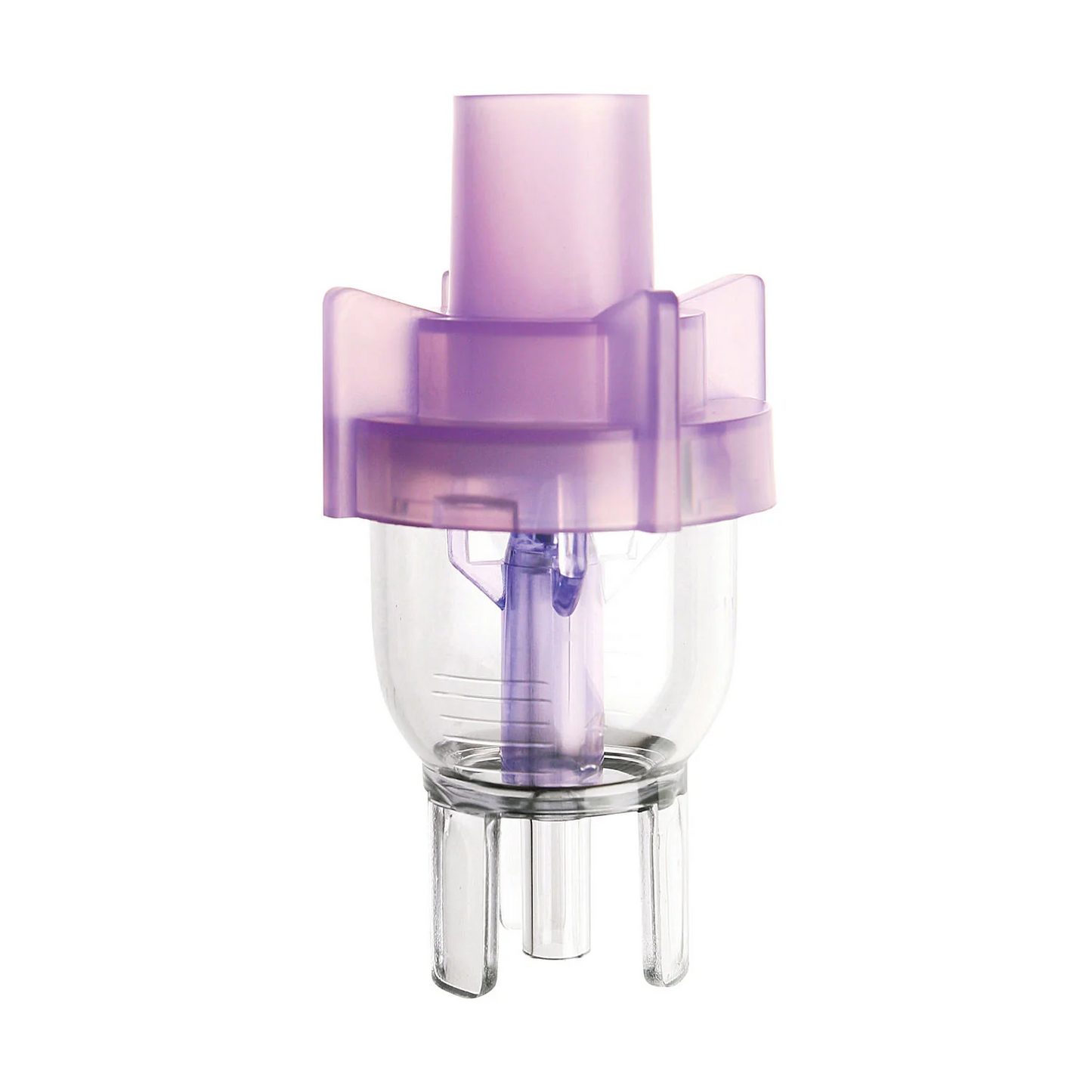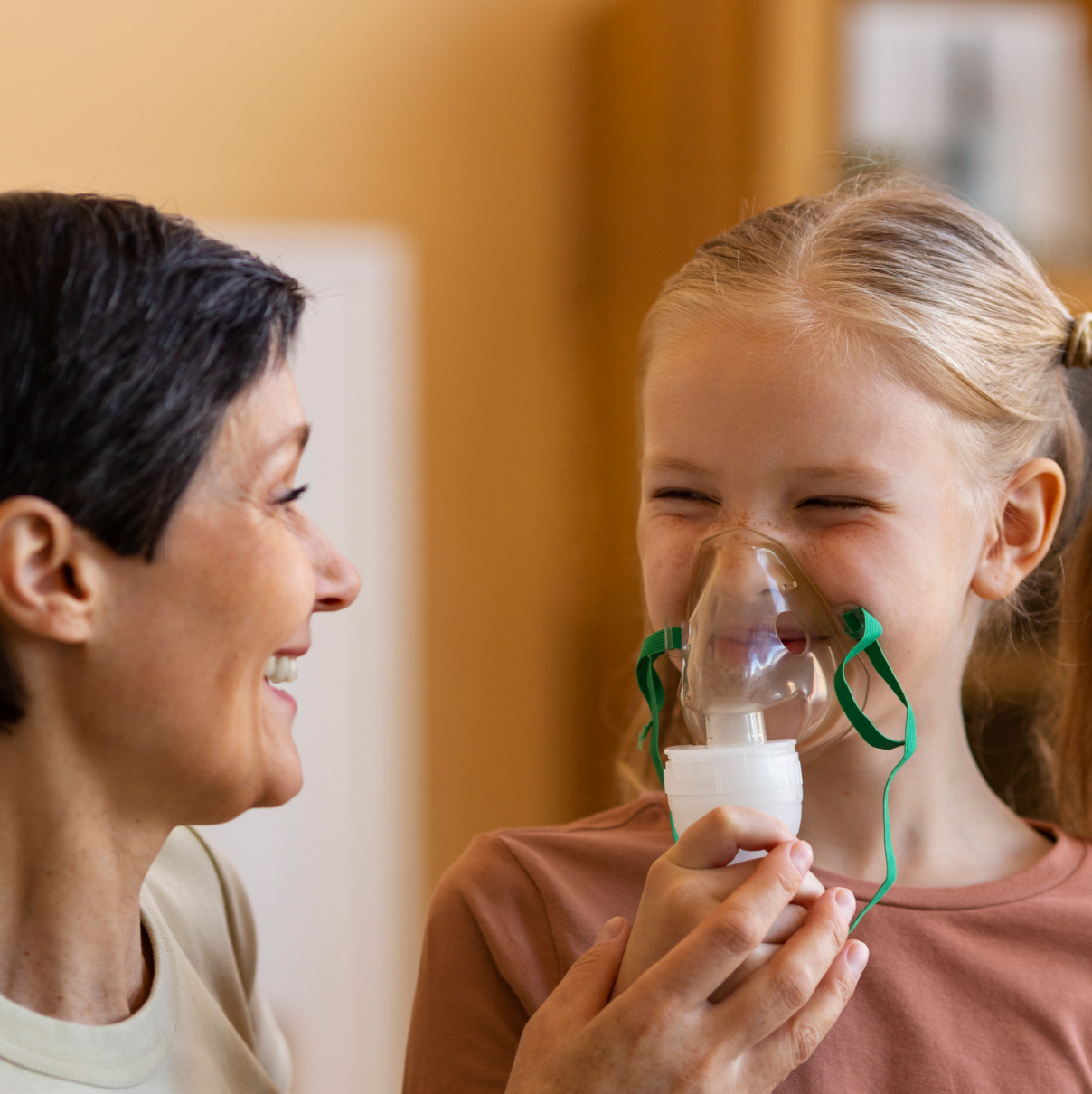


Product specifications
| Physical | |
| Size | 19.1 cm W x 10.2 cm H x 18.3 cm D |
| Weight | 2.18 kg |
| Power | |
| Electrical Requirements | 1.4 A, 230 VAC (±10%) 50 Hz |
| Power Consumption | 160 Watts maximum |
| Performance | |
| Sound Level | 58–62 dBA |
| Maximum Compressor Pressure | 35 psig |
| Compressor Free Air Flow | 13 lpm |
| Environmental Conditions | |
| Operating Temperature Range | 5° C to 40° C |
| Operating Humidity | Up to 95% (non-condensing) |
| Storage / Transport Temperature Range | –40° C to 70° C |
| Storage / Transport Humidity | Up to 95% (non-condensing) |
| Supplied Nebulizer | |
| Nebulizer Capacity | 10 ml |
| Nebulization Rate | 0.15 ml/min or greater* |
| MMAD | 5 microns or less* |
| Operating Pressure | 12 psig* |
| Notes | |
| *Additional Information | Conditions may vary based on altitude, barometric pressure, and temperature. Value determined with minimum flow rate through the nebulizer (20° C, sea level) |
This table lists product specifications and features.
FAQs
What is nebuliser therapy?
Nebuliser therapy is a way of treating illnesses that affect the lungs and cause breathing problems, such as asthma, chronic obstructive pulmonary disease (COPD), chronic bronchitis, and other lung-related conditions.
A prescribed liquid medicine is placed into a medication chamber (nebuliser). The nebuliser is the part of the system that changes the medication into a fine mist, which allows it to reach deep into the lungs where it is most effective.
Should I use a facemask or a mouthpiece?
Nebuliser medication can be delivered effectively through either a facemask or a mouthpiece, and both accessories are usually included with your nebuliser compressor system.
Facemasks: An option for some people, particularly children or older patients, and often the only choice when a person may be unable to use a mouthpiece. However, facemasks are not for everyone and can make some people feel uncomfortable.
Mouthpieces: Generally used by those who find a facemask restricting or uncomfortable. Some children may be too young to use a mouthpiece and should be encouraged to use a facemask that is either held or secured with a strap.
How to clean my nebuliser?
It is important to keep your nebuliser clean and dry because germs thrive in damp conditions. A small amount of medication always remains in the container after treatment. This should be emptied and cleaned to prevent crystallisation and blockage of the nebuliser jets.
If not cleaned, the performance of your nebuliser will decline, and it will not work as efficiently.









